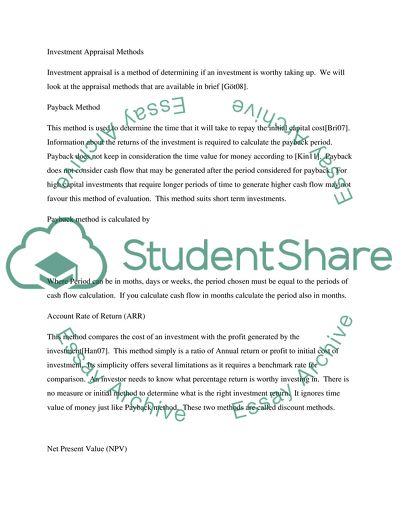Cite this document
(“Joint Venture Investment Appraisal Report Assignment”, n.d.)
Retrieved from https://studentshare.org/finance-accounting/1637803-joint-venture-investment-appraisal-report
Retrieved from https://studentshare.org/finance-accounting/1637803-joint-venture-investment-appraisal-report
(Joint Venture Investment Appraisal Report Assignment)
https://studentshare.org/finance-accounting/1637803-joint-venture-investment-appraisal-report.
https://studentshare.org/finance-accounting/1637803-joint-venture-investment-appraisal-report.
“Joint Venture Investment Appraisal Report Assignment”, n.d. https://studentshare.org/finance-accounting/1637803-joint-venture-investment-appraisal-report.


